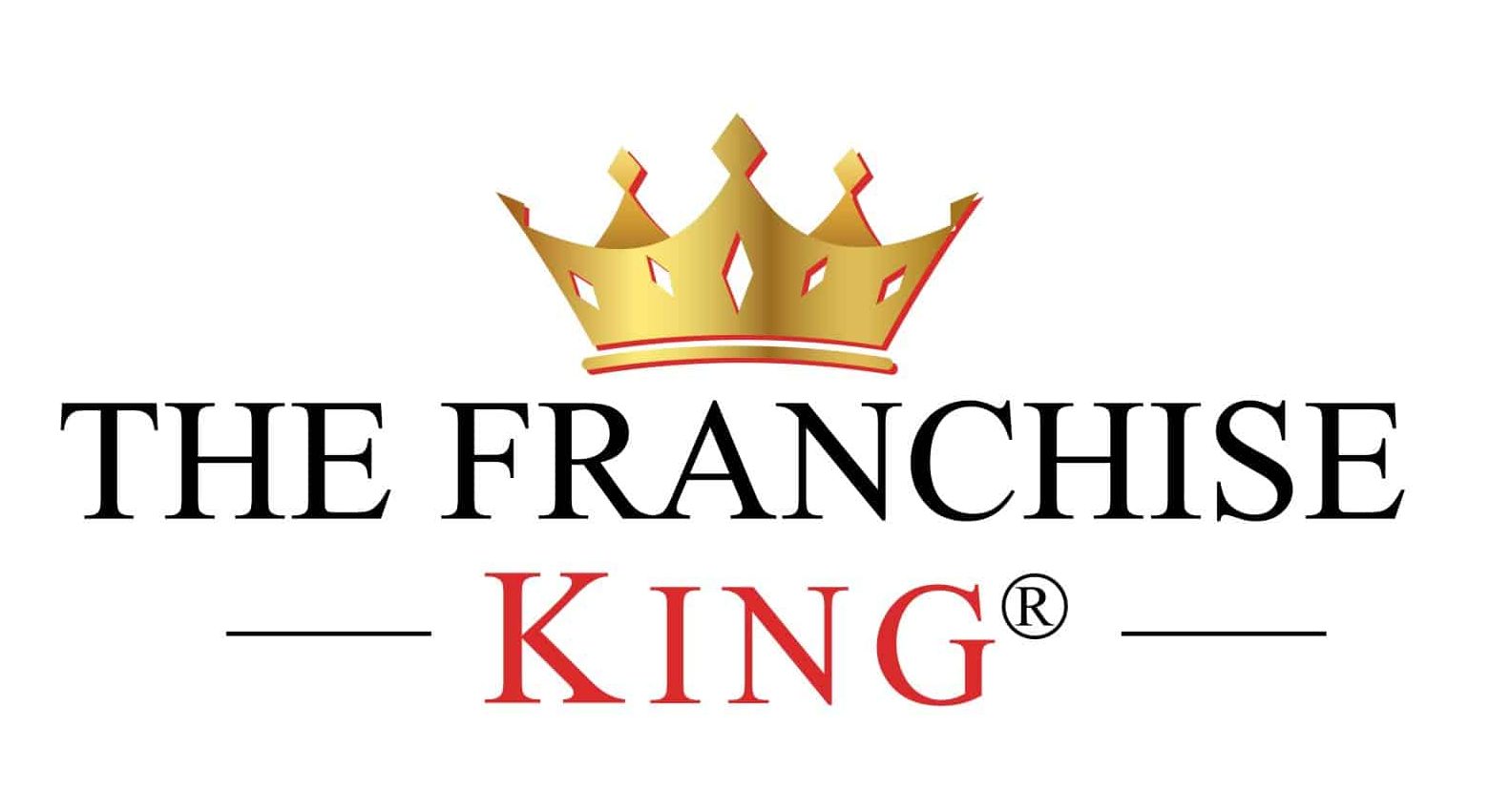(Sponsored post)
Whether you run a fast food outlet, a consumer retail operation or an internet-based franchise, you know full well that a huge portion of your sales – maybe even a majority – come from debit and credit card transactions, as opposed to cash sales. Card transactions account for literally billions of dollars in trade across the Earth every single day, and they offer nearly unparalleled convenience for both consumers and retailers, making it easy to buy and sell all sorts of products with the swipe of a magnetic strip or the push of a few buttons. But, as the famous saying goes, there’s no such thing as a free lunch – and when it comes to debit and credit cards, you as the business owner are the one who’s buying lunch, namely in the form of card processing fees. While paying a few percentage points of each transaction to the processing company may not sound like much, for most businesses it adds up to thousands of dollars in lost profits each and every year – that’s why card processing fees can make or break a franchise.
Learn About Card Processing Fees
It’s often been said that knowledge is power, and in the number-crunching world of finance, that maxim is more true than ever, as you’ll never be able to navigate your way through the card processing industry without first understanding how it actually sets its prices. To begin with, every time one of your customers swipes their card to buy one of your products, you pay a processing fee (also called a merchant discount). While this processing fee appears as a single charge to you the retailer, it is actually divided into two parts.
They are:
1. The base cost (also called an interchange fee). This is what is charged by the credit card company which the customer is using, such as VISA or Discover.
2. The markup cost (also called a processing rate). This is the fee that’s tacked on by your processing company itself, and which usually amounts to 1-2% of the transaction, on top of the base cost.
Card Processing Fees: It’s In The Markup
Just as not every business is created equal, not every processing fee is the same either. While pretty much every business has to pay the same base cost, the markup cost is a whole other ball game. Most banks and other processing companies offer different markup costs to different businesses depending on how much negotiating power they have; in other words, many huge retail chains are able to drop their markup costs entirely and pay only the base costs – and thus get lower overall processing fees. Most smaller outlets and franchise operations, on the other hand, don’t get those deals because they aren’t big enough to negotiate directly with their banks or processors.
Fortunately for small business and franchise owners, solutions are on the way – take, for example, Payment Depot, a new company that aims to do for the debit and credit card processing industry what Netflix did for the movie industry. For a monthly subscription of as low as $20, Payment Depot will process credit and debit cards at only base cost for just 25 cents per transaction – which could add up to thousands of dollars in savings per year for most small businesses. The truth is that your larger competitors are already paying discount processing fees, so switching to Payment Depot will help you “level the playing field” with them by getting those same discounted fees. The concise infographic below pretty much says it all – and you as a franchise business owner would be well advised to learn the ins-and-outs of it, because these are the type of fees that can easily make – or break – a franchise:

About the Author
The Franchise King®, Joel Libava, is a leading franchise expert, author of "Become a Franchise Owner!" and "The Definitive Guide to Franchise Research." Featured in outlets like The New York Times, CNBC, and Franchise Direct, Joel’s no-nonsense approach as a trusted Franchise Ownership Advisor helps aspiring franchisees make smart, informed decisions in their journey to franchise ownership. He owns and operates this franchise blog.
Note: When you buy through links on this website, we may earn an affiliate commission.










